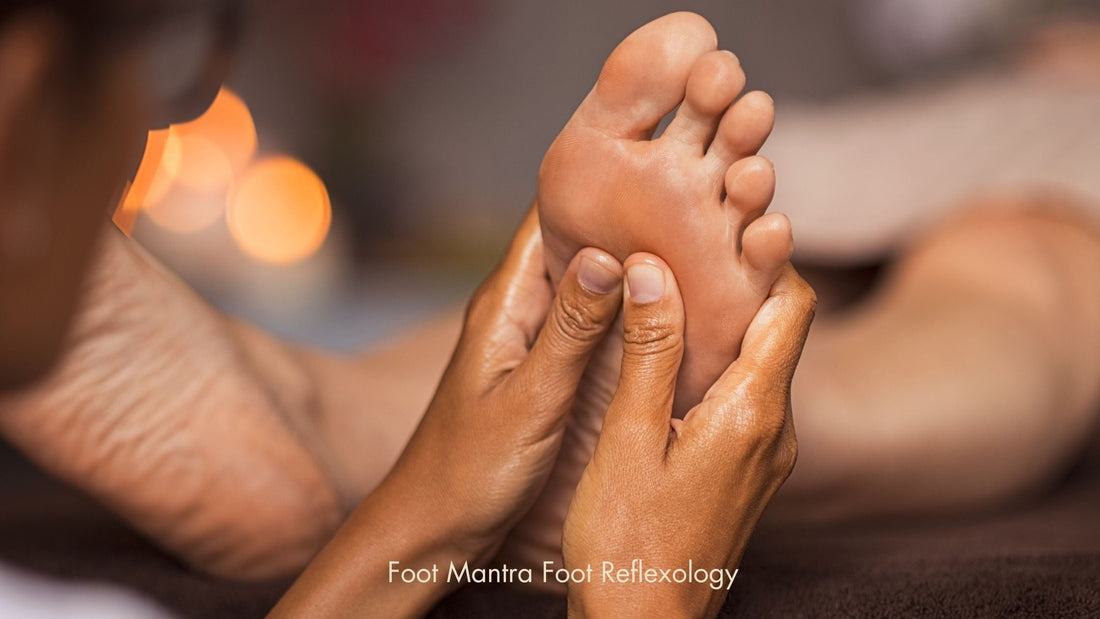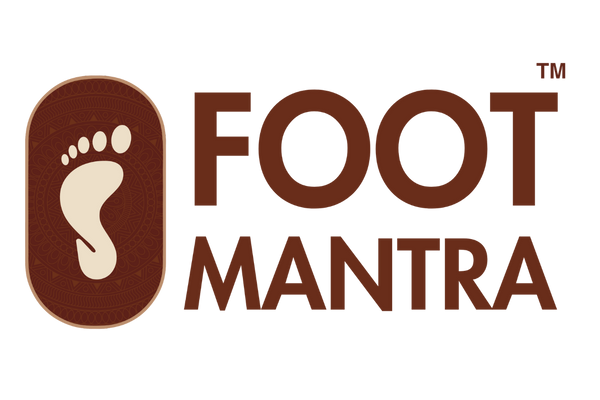
How Foot Reflexology Works: A Comprehensive Guide
Share
How Foot Reflexology Works: A Comprehensive Guide
Foot reflexology is a therapeutic practice that has been around for thousands of years, with its origins rooted in ancient Egypt, China, and India. This holistic treatment method is based on the idea that specific areas on the feet are connected to various organs and systems in the body. By applying targeted pressure to these areas, practitioners believe they can help improve overall health, reduce stress, and promote relaxation. But how does foot reflexology actually work? Let’s dive in and explore this fascinating therapy.

What is Foot Reflexology?
Foot reflexology is a form of alternative medicine where practitioners apply pressure to specific points on the feet, known as reflex points. These points are thought to correspond to different organs and parts of the body, such as the heart, kidneys, digestive system, and more. Reflexologists use their thumbs, fingers, and sometimes tools to apply varying levels of pressure on these reflex points, which can stimulate energy flow and help restore balance within the body.
The Science Behind Foot Reflexology
While reflexology has a long history and is widely practiced around the world, the scientific evidence supporting its effectiveness is still limited. However, some studies suggest that reflexology can have positive effects on reducing pain, improving circulation, and promoting relaxation.
One of the theories behind reflexology is the concept of "energy pathways" or "meridians," which are believed to run through the body. By stimulating the reflex points on the feet, reflexologists aim to unblock any disruptions in these energy pathways, allowing the body to heal itself naturally.
Additionally, the practice of reflexology is often associated with the release of endorphins, which are the body’s natural painkillers. The pressure applied to the feet may trigger these feel-good hormones, which can help alleviate discomfort and boost overall well-being.

Reflex Points on the Feet
Each foot contains hundreds of nerve endings, and according to reflexology, these nerves correspond to various organs and bodily functions. Reflexologists focus on the following key areas:
Toes: The tips of the toes are linked to the head, brain, sinuses, and neck. Massaging this area is said to help with headaches, stress, and tension.
Arch of the Foot: The arch is associated with the digestive system, including the stomach, intestines, and colon. Stimulating this area may promote better digestion and help relieve constipation.
Heel: The heel corresponds to the lower back, legs, and reproductive organs. Massaging this area is often used to relieve lower back pain and stress.
Ball of the Foot: The ball is connected to the chest and heart. Reflexologists may work on this area to improve circulation and help with respiratory issues.
Foot Pads: These are linked to the lung area and can be massaged to help improve breathing and reduce respiratory discomfort.

How Does Foot Reflexology Work?
Initial Consultation: Before starting a session, a reflexologist will typically ask about your health history, any specific areas of concern, and your goals for the treatment. This helps the practitioner determine which areas of the feet to focus on during the session.
Relaxation and Pressure Application: During the session, the reflexologist will apply different types of pressure to the reflex points on the feet. The pressure can range from gentle to firm, depending on your comfort level and the issues being addressed. The treatment is typically very relaxing, although some areas of the foot may feel tender or sore as the reflexologist works on them.
Energy Flow and Healing: Reflexology practitioners believe that by stimulating the reflex points on the feet, they are activating the body's natural healing processes. The pressure helps to improve blood flow, reduce tension, and promote relaxation, all of which contribute to overall wellness.
Post-Session Relaxation: After a reflexology session, many people report feeling deeply relaxed, with a sense of calm and well-being. Some may experience an increase in energy levels or notice that specific symptoms, such as headaches or digestive issues, are improved.
The Benefits of Foot Reflexology
Stress Relief and Relaxation: One of the primary benefits of foot reflexology is its ability to promote deep relaxation. By stimulating specific reflex points, the practice helps reduce stress and anxiety, leaving you feeling calm and rejuvenated.
Improved Circulation: Reflexology can help improve blood flow by targeting reflex points that correspond to the circulatory system. Better circulation may lead to more efficient oxygen and nutrient delivery to your cells, promoting overall health.
Pain Relief: Reflexology is often used to alleviate pain, particularly in the back, neck, and shoulders. It can also be effective in reducing headaches, muscle tension, and even chronic conditions like arthritis.
Improved Digestion: Stimulating the reflex points associated with the digestive system can help promote better digestion and alleviate common digestive issues like bloating, constipation, and indigestion.
Boosted Immune System: Some studies suggest that reflexology can help strengthen the immune system, making it easier for the body to fight off illnesses and infections.
Is Foot Reflexology Right for You?
Foot reflexology is generally considered safe for most people. However, it’s always a good idea to consult with a healthcare provider before starting any new therapy, especially if you have any underlying health conditions such as diabetes, cardiovascular issues, or pregnancy.
In conclusion, foot reflexology is a holistic treatment that works by applying pressure to specific reflex points on the feet, which correspond to different organs and systems in the body. By stimulating these areas, reflexologists aim to promote healing, improve circulation, reduce stress, and enhance overall well-being. Whether you're looking for relief from pain, relaxation, or a natural way to improve your health, foot reflexology may be a beneficial therapy to explore.
